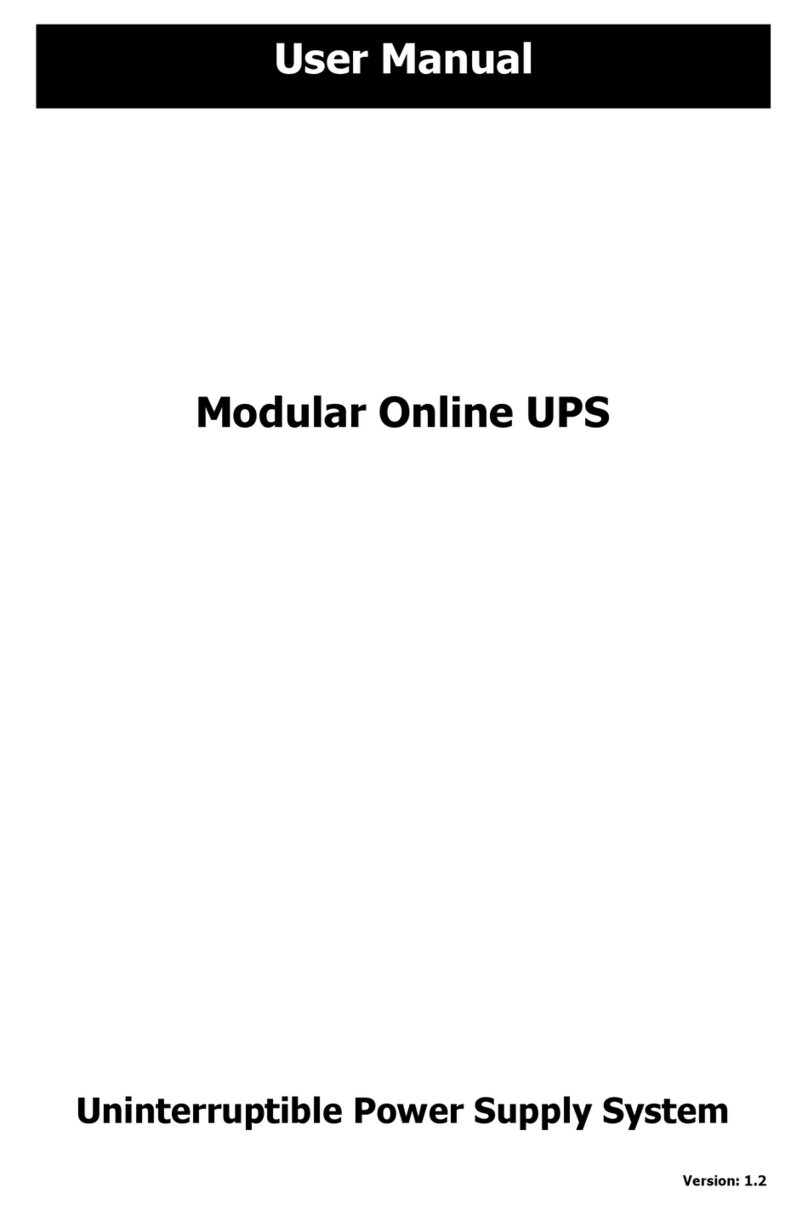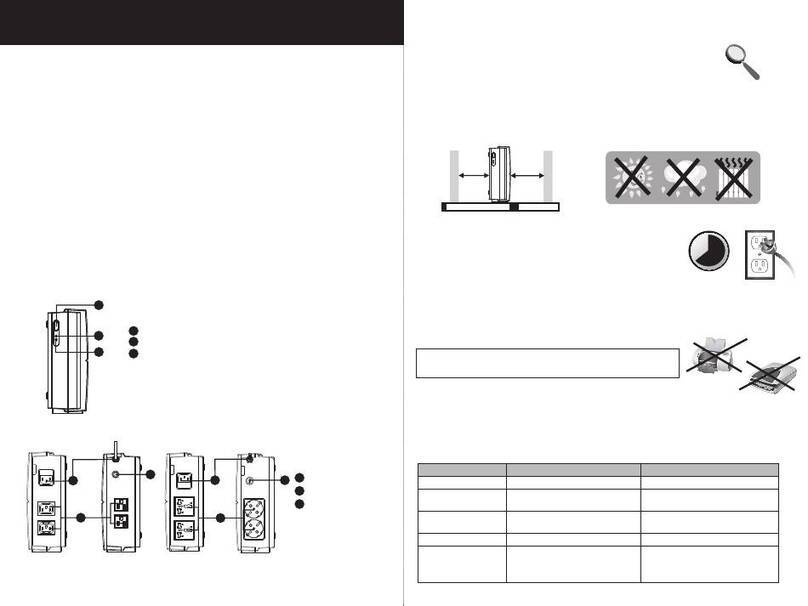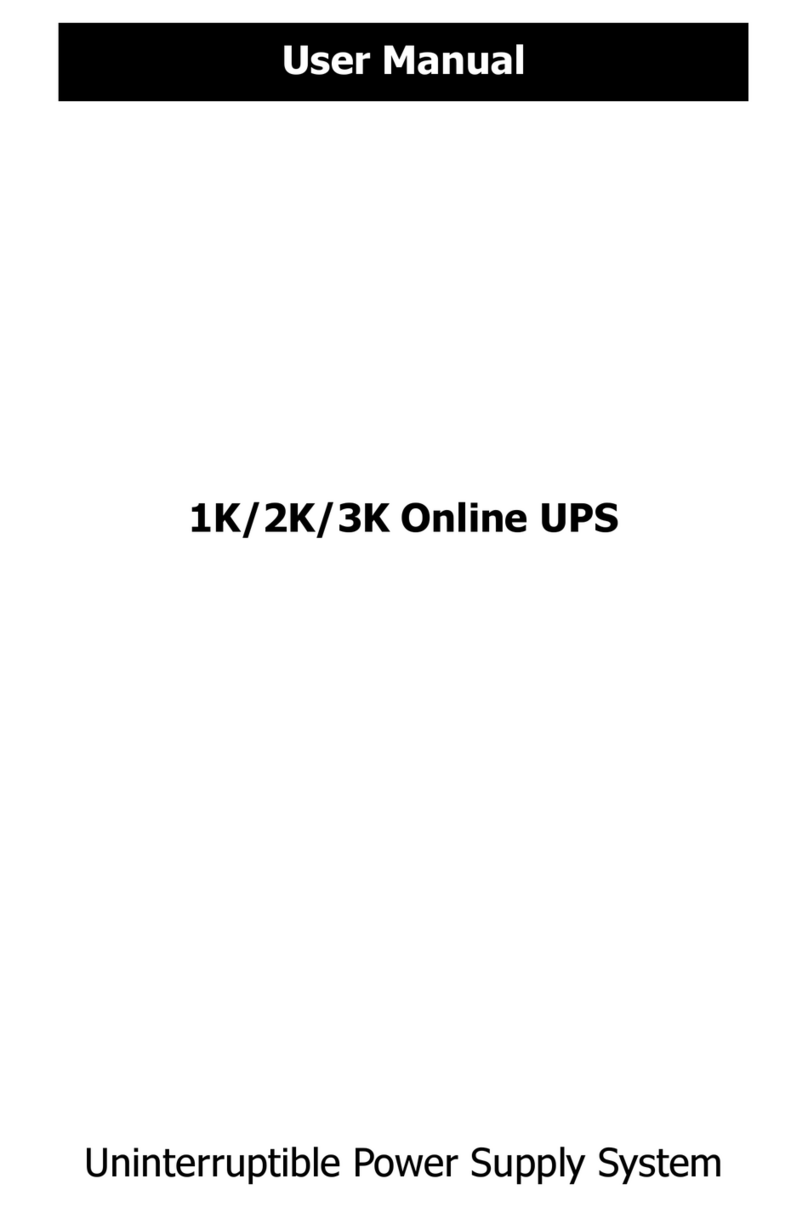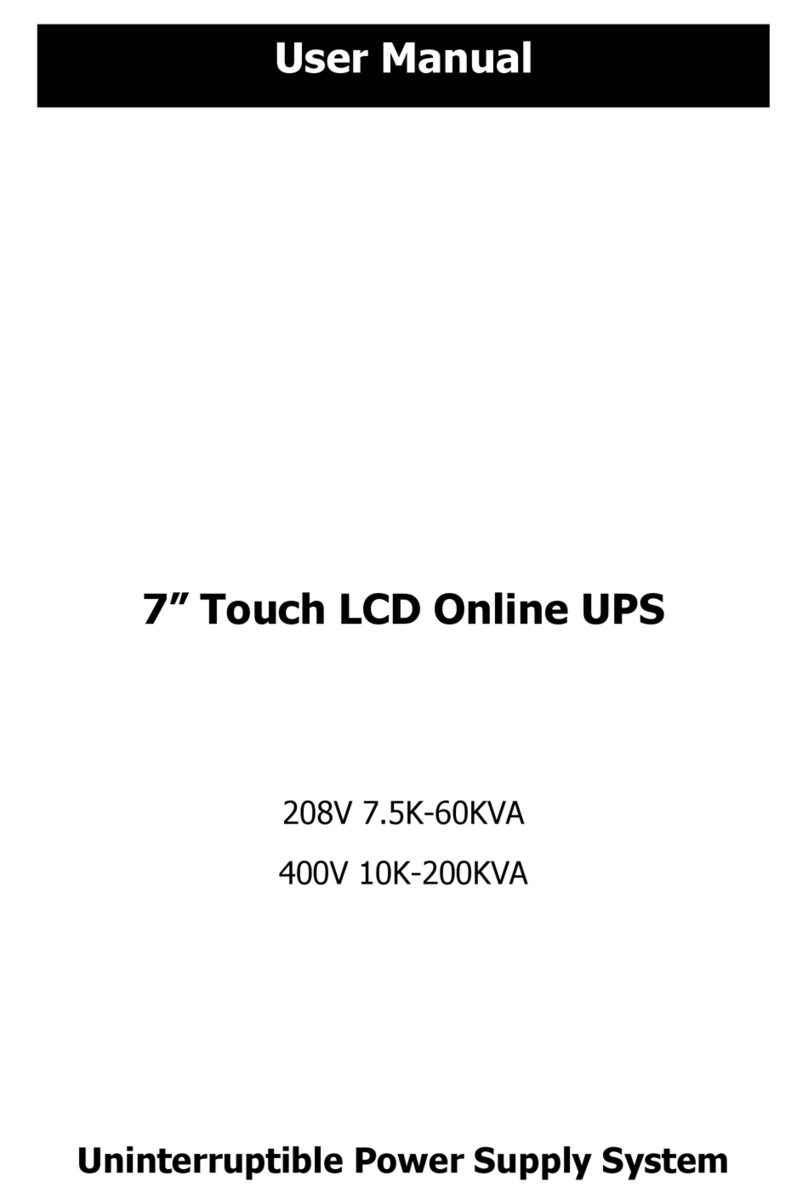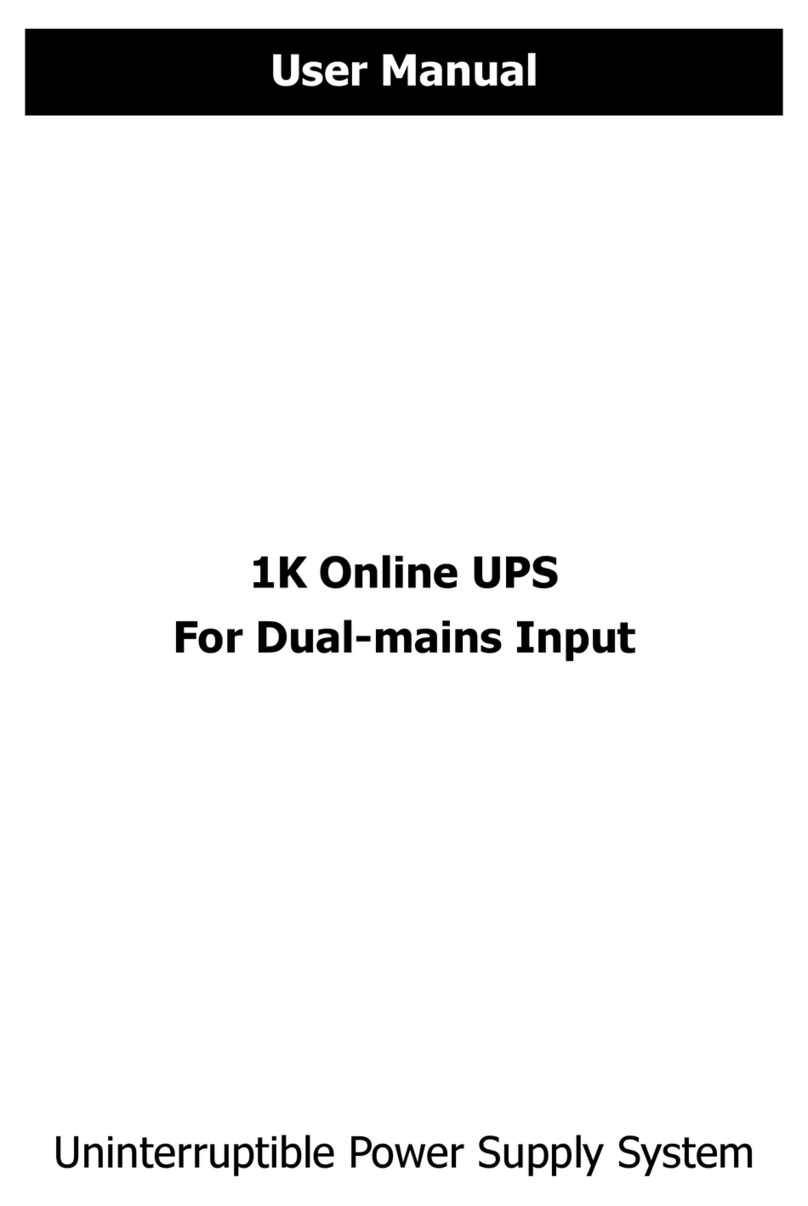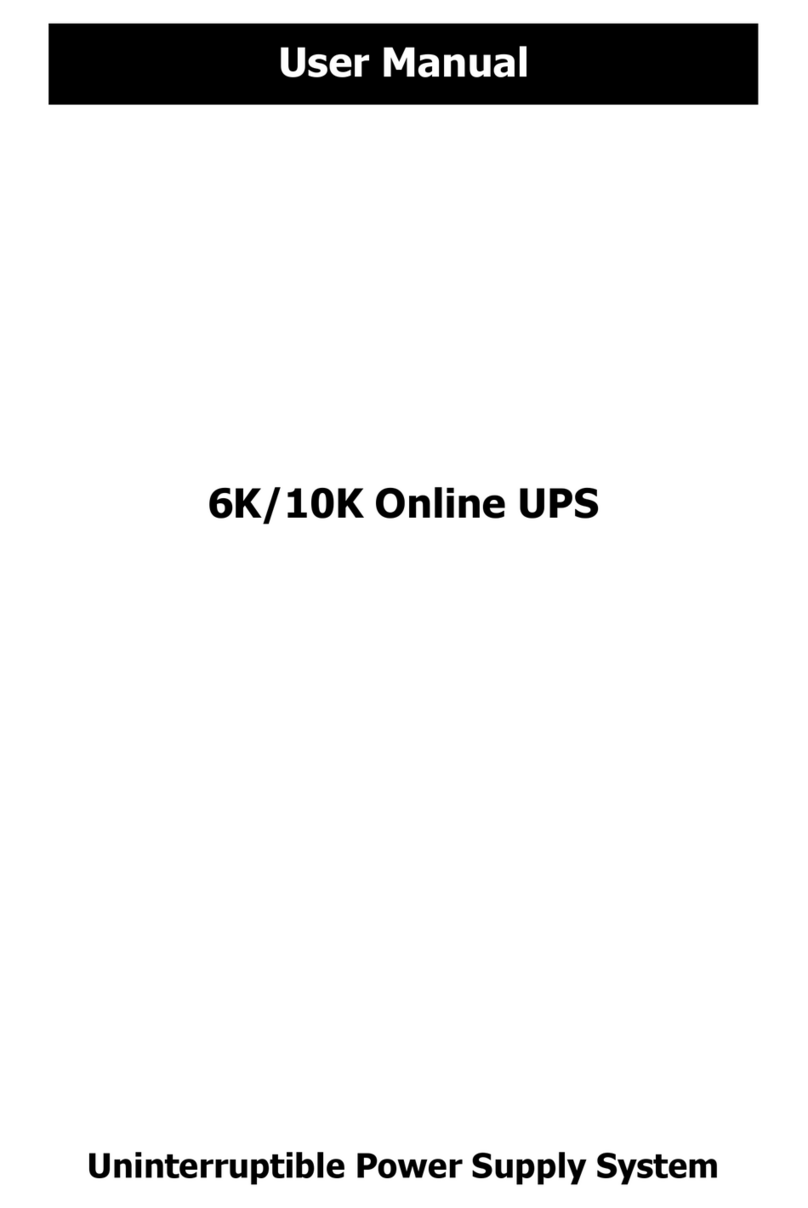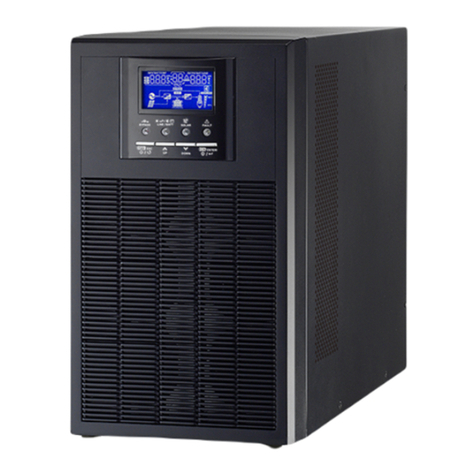
Content
1. Introduction.................................................................................................... 1
1.1 Overview.......................................................................................................1
1.2 Basic structure...............................................................................................1
1.3 Working mode ...............................................................................................1
1.4 Overview.......................................................................................................5
2. Important Safety Warning ............................................................................. 6
2.1 Conventions and used symbols........................................................................6
2.2 Safety instructions .........................................................................................7
3. Installation.................................................................................................... 10
3.1 Basic requirement ........................................................................................ 10
3.2 Disassembling and moving............................................................................ 11
3.3 Location...................................................................................................... 12
4. Electrical connection..................................................................................... 13
4.1 Power connection ........................................................................................ 13
4.2 Communication............................................................................................ 15
5. Commissioning.............................................................................................. 19
5.1 Switch/Breaker information........................................................................... 19
5.2 Start up procedure....................................................................................... 19
5.3 Shutdown procedure .................................................................................... 20
5.4 Maintenance bypass operation ...................................................................... 20
6. Interface ....................................................................................................... 21
6.1 Control panel............................................................................................... 21
6.2 LCD information........................................................................................... 22
6.3 Sub-menus.................................................................................................. 24
7. Maintenance.................................................................................................. 38
7.1 System maintenance .................................................................................... 38
7.2 Battery maintenance .................................................................................... 38
8. Trouble shooting ........................................................................................... 39
8.1 Warning code .............................................................................................. 39
8.2 Fault code ................................................................................................... 39
9. Specification.................................................................................................. 41
